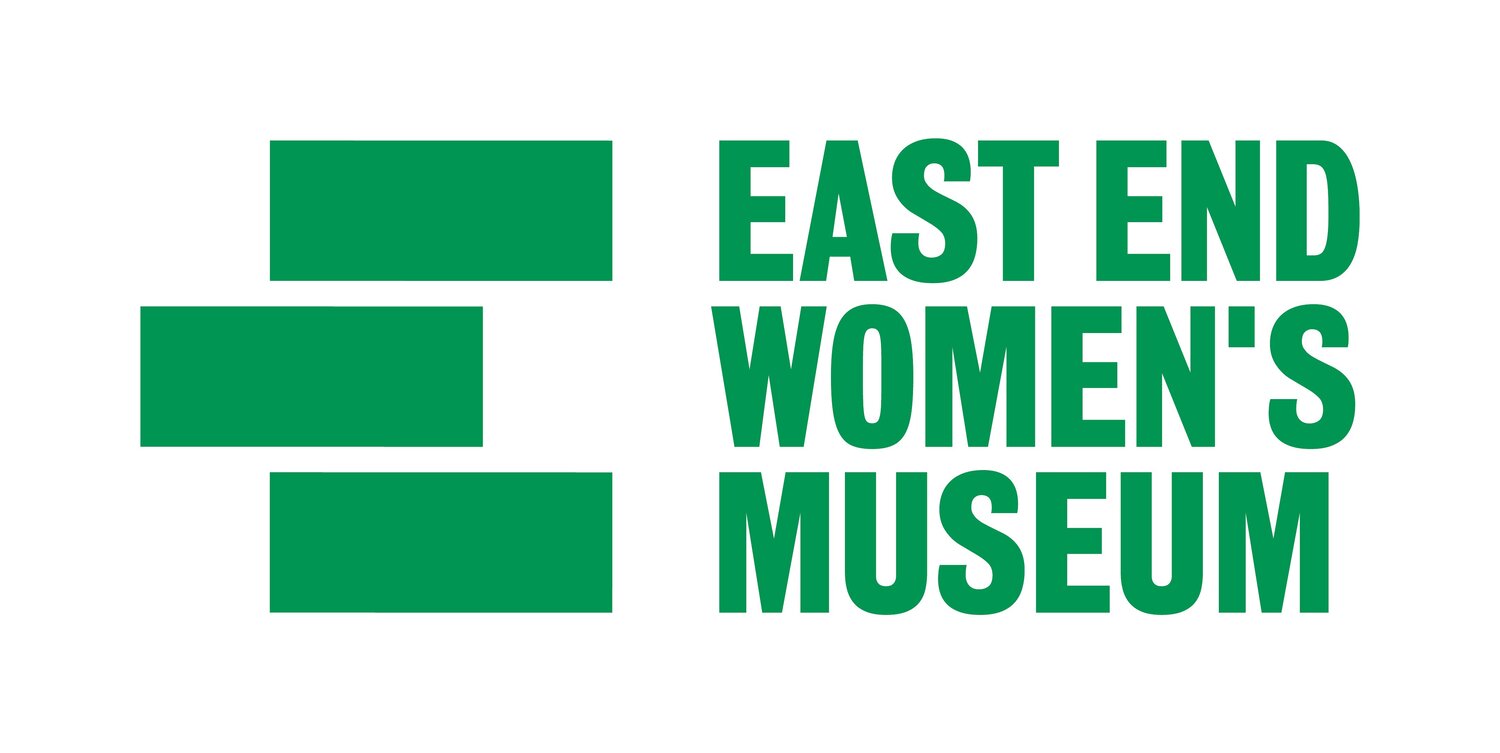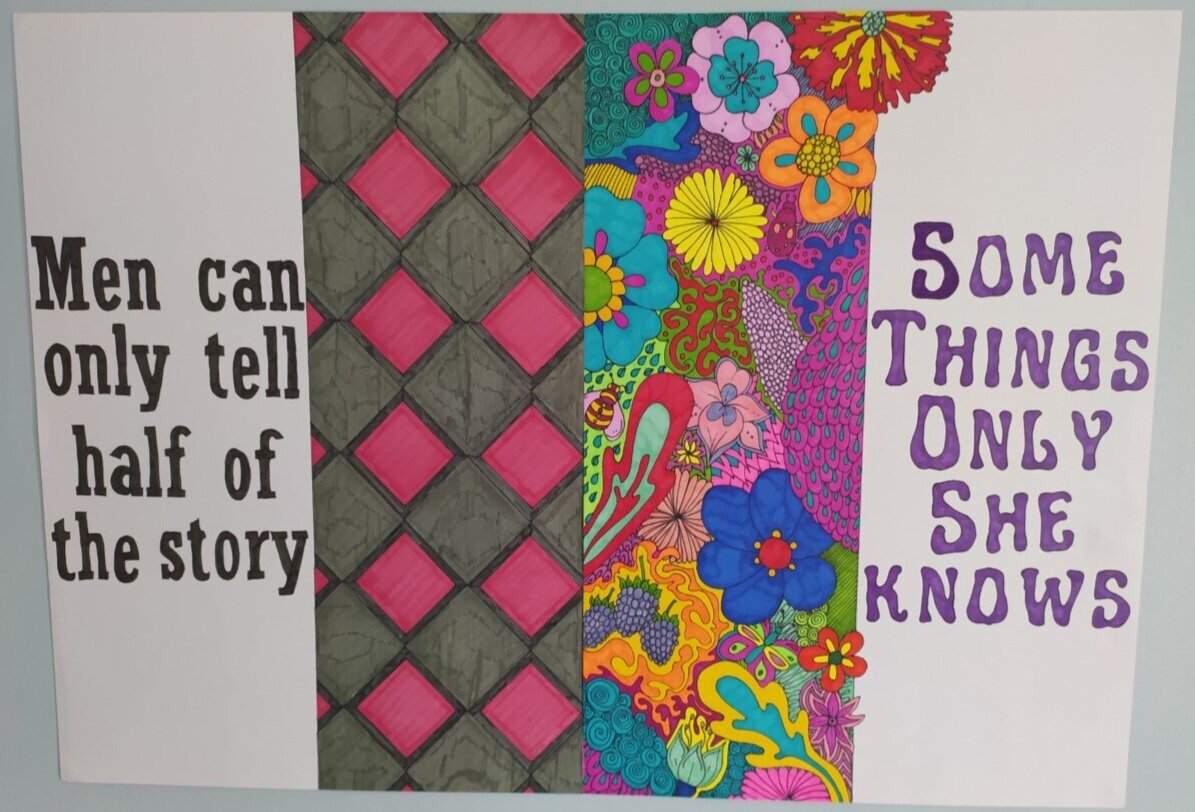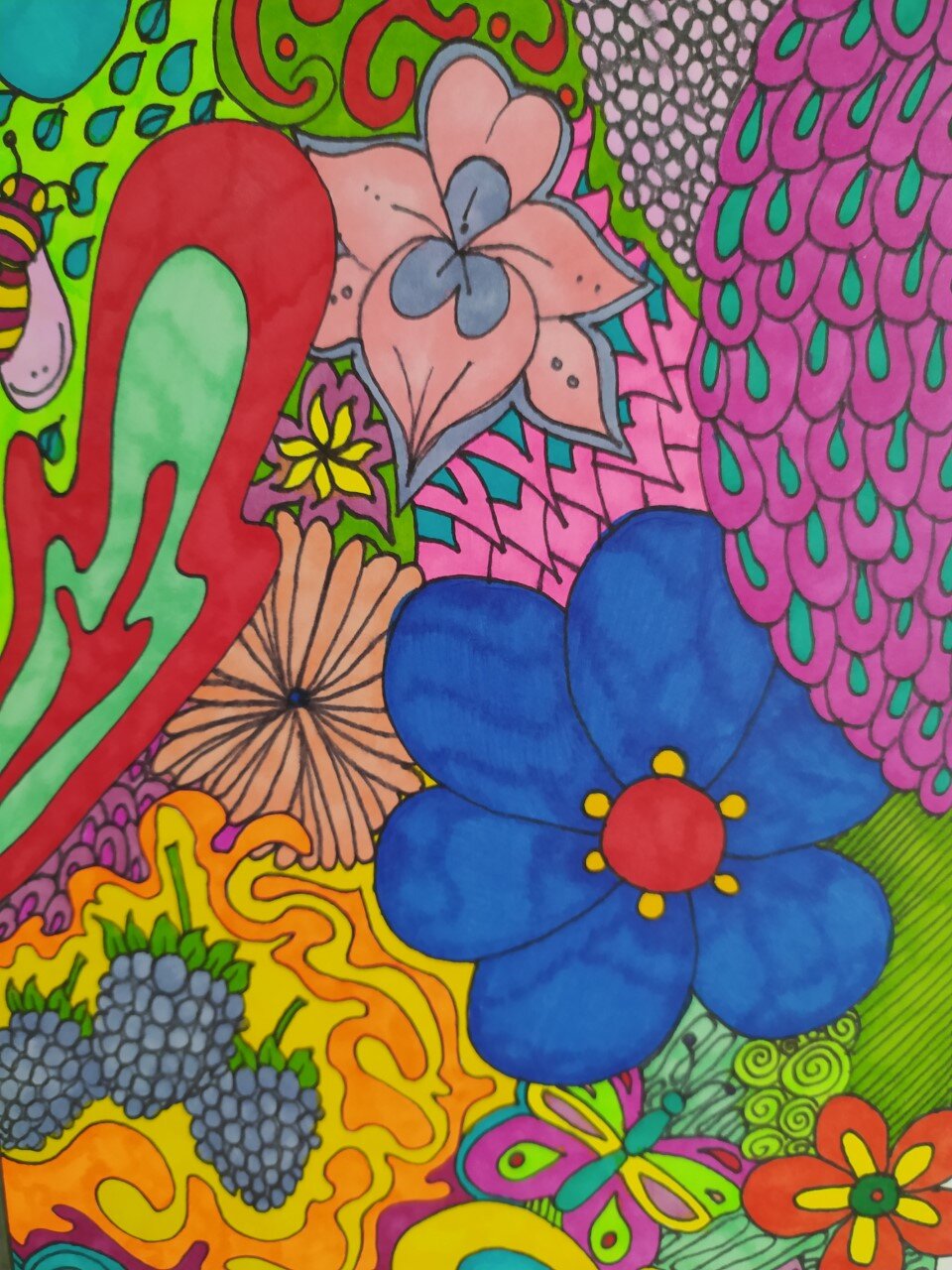Let’s see the invISIBLe: Artist responses to east end women’s museum
Generously supported using public funding through Arts Council England, we commissioned six local artists to reflect on the importance and future of the East End Women’s Museum.
The commission asked artists to consider questions such as:
What does this museum mean to its local community?
Why do we need a women’s museum of east London?
Which stories should be featured in the new museum building?
As part of developing the work, artists met virtually with Museum volunteers, Bethan, Charlotte, Frauke, Gill and Raeesa. Together the group explored these questions, bringing different perspectives and ideas to the commissions.
“Despite the different angles we approached the questions from, all of us - artists, volunteers, and staff - share one vision: that the East End Women’s Museum should be a museum for the community, a place everyone feels welcomed and represented, a place that invites all kinds of women from the East End to come together, participate and actively shape its future.”
- Frauke, Museum volunteer
Abondance Matanda
Abondance is a poet and writer based in London. Her poetry “interrogates culture from an authentic perspective” which is reflected within her work entitled Restin’ Piece.
The poem was inspired by Black women’s history, in particular, the stories of Josephine Woods, Belle Davis and Phyllis Wheatley. The poem highlights and celebrates women; their place in history and the qualities they have had from the “beginning of times - our resilience, strength, capacities to love and to protect the people we care for”.
Through her poem, Abondance also challenges the idea that stories and objects come to the end of their journeys once they enter a museum’s collections. She, instead, views it as an opportunity for visitors to take the lead - encouraging them to share the knowledge they’ve acquired widely and ensure the stories continue to be told.
Restin’ Piece by Abondance Matanda
dem try dead me thru history
but i was only dormant
didnt u deep dat dis dawn would reach ?
cant no volcano be sleep foreva fam
Ayah Khan
Ayah is a visual artist based in East London. Her interest lies in exploring the importance of the museum to the local community.
The three pieces displayed here were inspired by conversations she had with a friend, also a resident of East London, who helped her visualise what the museum represents for local women and how it can help elevate their stories.
“I knew that the idea of being silenced or having your voice taken was something I wanted to draw. The problem was how do I convey it in a way where even with everyone telling you to stay in the background, that you can step out of it and be your own main character in your story. Having my friend’s quote on top of the covered mouth was how I tried to convey that”
- Ayah on ‘Voiceless, Speechless’.
“Instead of sinking I rose above the voices, the little doubts and I am now doing what makes me happy. ”
ELLEN DORAN
Ellen is a visual artist based in Newham. Her piece, ‘The Unknown Fishwife’, uses photos and soundscapes to capture the experiences of, the often forgotten, women who worked in Barking’s fishing industry. She was inspired to explore their history after learning of the fabled ‘fishwives’ of Newhaven, Cullercoats and Penzance who have been widely photographed and immortalized in oils. This piece is an attempt to centre the lives of Barking’s own fishwives and amplify their stories and voices.
GRACE DUGGAN
Grace is a director-community facilitator based in East London. She has created a Zine that explores the question of ‘What defines an East End womxn?’. Having grown up in the East End, she identifies as an East End womxn but wanted to question whether the elements that define this term ran deeper than a familial connection.
To inform her work, Grace posed the question to over 300 people on Facebook and their responses are recorded within this Zine alongside historical research/perspectives that help create a cohesive image of an East End womxn and what defines her.
Ultimately, she hopes that the Zine “provokes us into noticing the past, present and future as we move forward”.
“One of the most important, and potentially underestimated, results of the work of the museum, is its ability to connect womxn beyond the vision of the museum (which by its nature is focused on women of the East End) in both personal and professional ways which enrich our shared pursuit of showcasing how extraordinary the mundane and the adventurous lives of womxn past and present were and continue to be. ”
KIMBERLEY BOOTH
Kimberley is a visual artist based in Barking. Her bold and vivid work highlights the notion that without exploring women’s stories, you are getting an incomplete view of history. She also hopes to encourage local communities to view the museum as a ‘safe space’ that welcomes and values local stories.
“I think that’s a testament to being part of the East End Women’s Museum - it allows you to feel included without judgement of any kind towards your own personal experiences.”
sonia quintero
Sonia is a poet based in Newham. Their work reflects on the importance of the East End Women’s Museum to the local community, focusing particularly on the question of how to create a truly representative museum.
In creating their artistic project, Sonia worked alongside women who are participants of two groups that they run - one a creative writing refugee’s group and another a female only poetry group. Reflecting on their conversations, Sonia states that:
“[The group] were engaged with the idea of ‘having my own museum’ and we had a very provocative and creative response to our own questions; they also began to build their own museum. Imagining the names of the rooms or galleries. For example, they mentioned ‘the room of rituals’, ‘room of sexuality’ ‘room of memories’ ‘room of celebration’, ‘room of the invisibles’ and so on.”
Building their own version of EEWM (c) Sonia Quintero
Sonia’s discussions with the group also informed the creation of a mini-booklet entitled‘Let’s see the invisible’ which includes poems that explore and highlight what EEWM represents for local women in the community. We loved this title so much it became the name of the whole project!
“They are not the answer
You are not the answer
I am not the answer
We Are the answer”


























